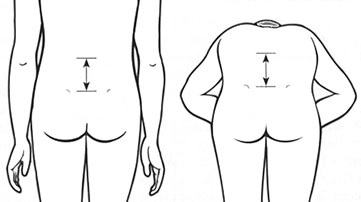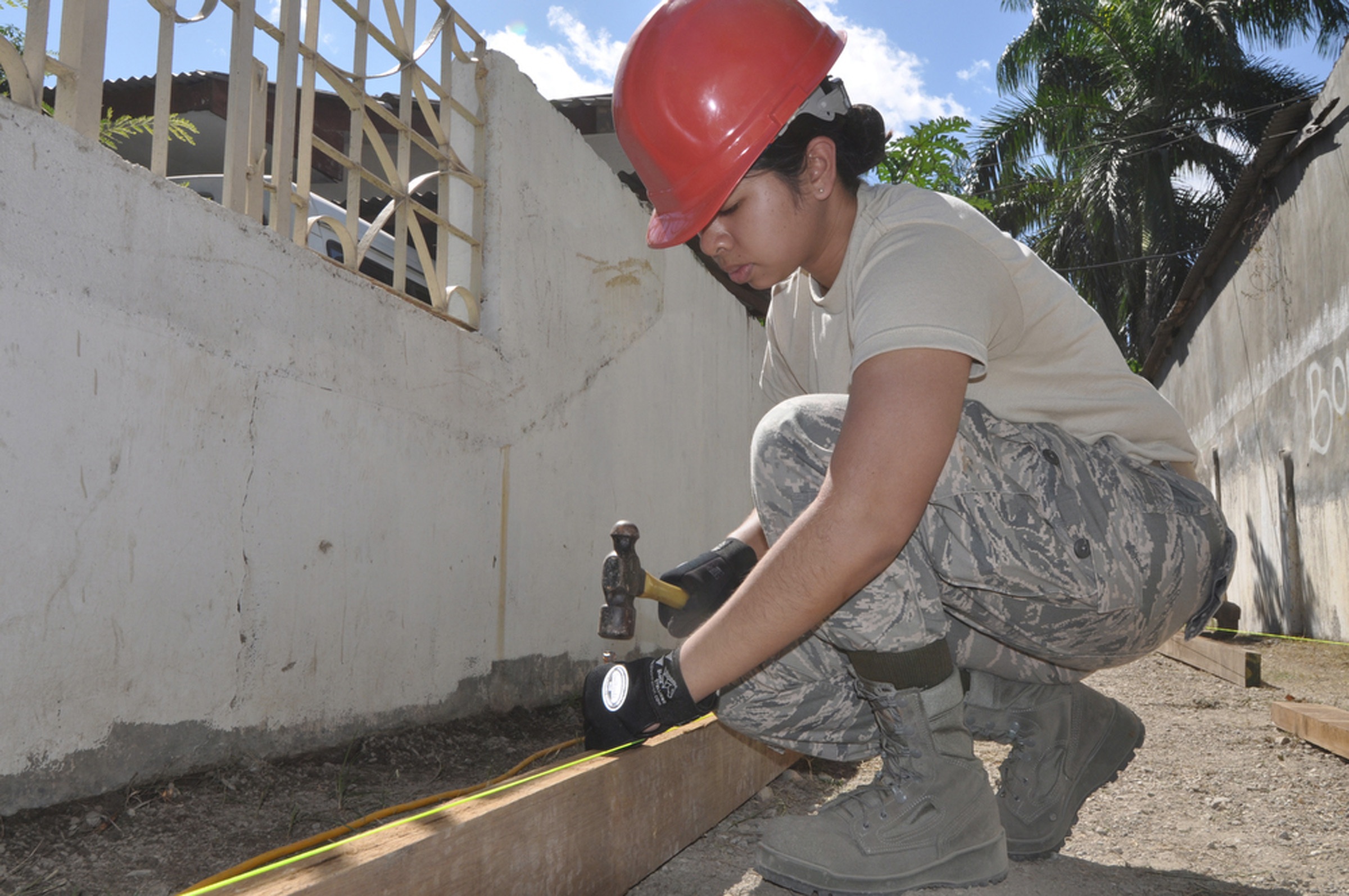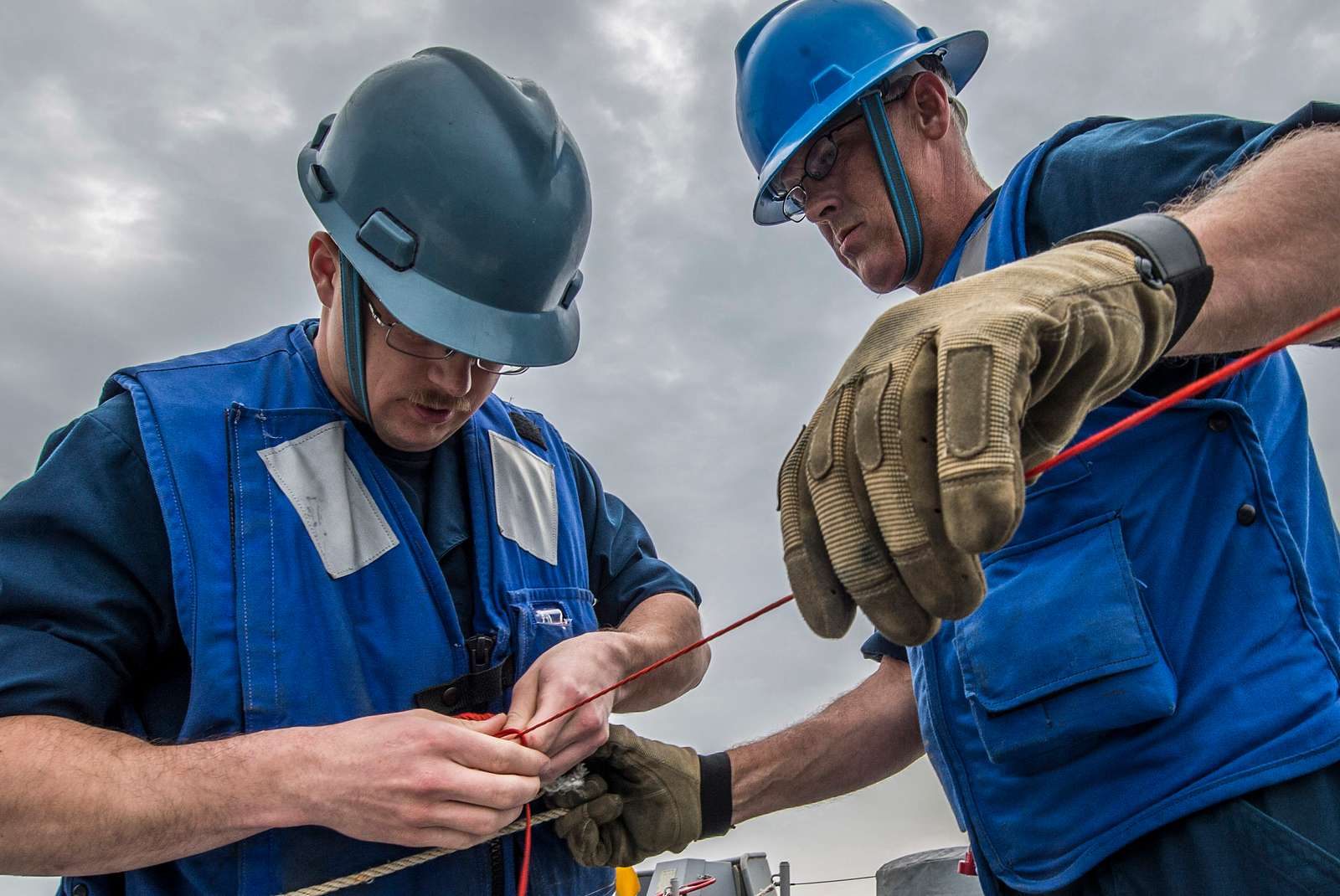La ankylosing spondylitis is a chronic inflammatory pathology which mainly affects the spine and large joints (pelvis, knees, etc.). Occurring in young people and active people, ankylosing spondylitis has a significant impact on the job. We will see in this article, how to combine work and ankylosing spondylitis. We will also see if this disease is recognized by the departmental house for disabled people (MDPH).
Reminder on ankylosing spondylitis
La ankylosing spondylitis is a inflammatory disease chronic et autoimmune (rheumatic disease). It can affect both the spine and the large joints (joint of the pelvis, knees, or heels). It is responsible for pain, stiffness, and stiffness in the joints.
This pathology results from a immune defense disorder. The body produces antibodies that attack the healthy tissues of the joints. This often occurs in young adults, between the ages of 20 and 30. Men and women are affected in the same proportions.
La exact cause ankylosing spondylitis is not known. Scientists tend to believe that the disease is linked to a combination of genetic and environmental factors.
The diagnosis of ankylosing spondylitis is often long and difficult to make. Like any rheumatism, it results in pain and loss of joint flexibility. Symptoms can vary from person to person.
Le most characteristic sign ankylosing spondylitis is a pain at the bottom of the spine, at the level of the sacroiliac joints. However, the disease can also affect other joints, such as the knees, shoulders, ankles or wrists.
The disease can also be manifested by inflammation of the skin (psoriasis), eyes (uveitis), intestines (Crohn's disease).
No treatment can cure this disease. However, he there are drugs for ease the pain, reduce stiffness and improve deformation. If you want to know more about this disease, I invite you to click here.
Ankylosing spondylitis and work
Most often, spondyloarthritis allows a normal working life. However, if it is severe, it can considerably impact professional activity. In this case, it may even be at the origin of a professional reorientation.
Ankylosing spondylitis often affects young adults who should still be able to continue working between flare-ups of the disease.
Currently, there is no treatment for ankylosing spondylitis yet. So, how can we reconcile le job and ankylosing spondylitis ?
The answer to this question depends, first of all, on the pain management. There are effective drugs nowadays that act against pain such as analgesics, non-steroidal anti-inflammatory drugs or corticosteroids. They also act against nocturnal awakenings and joint stiffness.
In addition, it is also necessary arrange the working environment and workplace. The goal is to relieve painful joints.
An occupational therapist can advise and produce the accommodations necessary for the well-being of the worker. This can range from the position of the body to the establishment of kitchen, sanitary facilities or suitable means of transport..
By optimizing your work environment, it is possible to remain comfortable at work and perform despite ankylosing spondylitis. If the use is not compatible with the disease, the patient may request a professional redeployment with a Departmental House of Disabled People (MDPH).
A flexible working hours can also be considered. If possible, part-time work can be considered.
The disease manifests itself in flare-ups. These outbreaks often force the worker to be placed on sick leave while the treatments take effect. At that time, theyour disposal and mutual trust between the worker, superiors and colleagues allow for appropriate and successful reintegration.
Tobacco promotes ankylosis (fusion of vertebrae). Health professionals therefore advise to quit smoking when illness strikes.
Le occupational physician as well as thesocial worker will play an essential role in helping the patient to get the help you need for ankylosing spondylitis. This is also the case for all chronic and disabling diseases.
If you return to work after more than 30 days of absence, a follow-up visit to the occupational physician is compulsory within eight days. This appointment allows you to assess your suitability for the position you hold.
In summary, working with ankylosing spondylitis requires good communication between the affected person and his superior.
Postural guide and anti-back pain in the office (and teleworking): Video course









